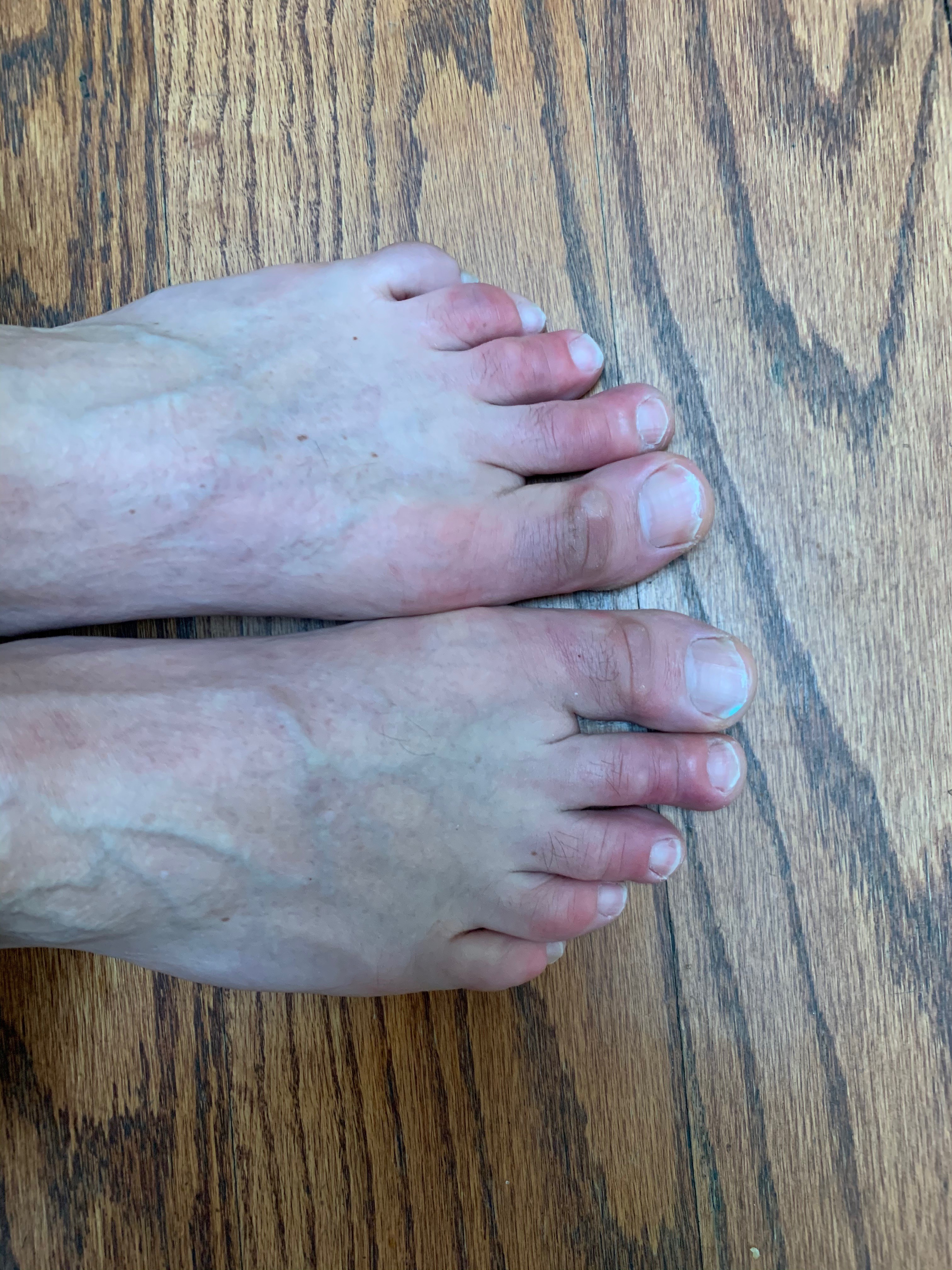- Allen F. Shaughnessy, PharmD, MMedEd and Andrea E. Gordon, MD
A medical student recently asked, “The take home message regarding COVID-19 is that we don't have the evidence, we don't have the randomized control trials we all wish we had, but doctors need to make decisions now about patient care. I'm very curious about how to be discerning in times of crisis and how to keep that [evidence-based medicine] lens even when the specific rules of the [evidence] pyramid can't be followed."
Given the lack of evidence to support our approach to the COVID pandemic, how should we think about it from an evidence-based medicine (EBM) point of view? Here are ten points to consider when making decisions.
1. EBM is about managing uncertainty.
In this time when we have less than optimal evidence, we want to use the best available evidence to make decisions. We can't wait until we get the best, top-of-the-information-pyramid evidence. To do so, we need to realize that the evidence is continually changing. We will need to make decisions based on indirect evidence, realizing that some of these decisions will be wrong. There may be better decisions than the ones we make now, but we won't know until after all of this is over what the right decisions are.
2. Not all information sources are created equal.
Some sources are more valid than others, and some sources will provide more relevant information. “
Medical gossip” abounds, with many people suddenly considering themselves to be amateur epidemiologists. Fancy graphics does not mean there is good science behind them. Be discerning in the information you use. Avoid wide-sweeping characterizations of prevalence. Try to find information that applies best to your situation. Decide what you want to know and look for that; more information is not better, and we can avoid information overload by not trying to take in everything. It is easy to get overwhelmed by too much information. When viewing models of spread, realize they all contain assumptions that may not be accurate. Much information about treatments is preliminary, based on lab or animal research, or is based on a few subjects. How we interpret these will reflect our
framing bias, with some of us seeing the glass half full whereas others will see it as half-empty.
3. Every intervention has the potential for harm.
We have to realize that any intervention, no matter how seemingly small, has the
potential for harm as well as the potential for benefit. All the additional hand washing will likely increase the prevalence of hand eczema, for example. In other words, the common phrase, "you can't be too careful" is wrong. Take a moment to acknowledge the risk of any intervention, try to identify the possible harms, their magnitude and likelihood, and weigh these estimates against the possible benefits of the intervention.
4. Test results are not the same as an infection.
Don't confuse test results with the presence of infection. At low likelihood of infection, positive tests can be falsely positive. In contrast, at high likelihood of infection, negative tests can be falsely negative.
5. Infection symptoms will be different.
While the worst cases make the news, remember that there will be patients with moderate symptoms, mild symptoms, or no symptoms. This realization has implications for both containing the spread and understanding one's own possible experience.
6. Beware your cognitive biases. . . and those of others.
Cognitive biases rule our decisions and the decisions of others. There is no such thing as being strictly rational. But not all cognitive biases are bad, since they often work. Availability bias (basing decisions on examples that come readily to mind), confirmation bias (believing new evidence that supports one’s existing beliefs), belief bias (believing evidence based on its plausibility rather than how strong it is), the ostrich effect (ignoring dangerous or negative evidence), the Dunning-Kruger effect (over-estimating one’s knowledge or cognitive ability), action bias (the preference for action over inaction), and many others will color our decisions and the decisions of others. Learn about these and other cognitive biases to understand how we usually make cognitive errors. But realize that simply knowing about them will likely not protect us from these biases, especially the emotional ones (see “blind spot bias”).
7. Remember the goals of medicine.
Keep some perspective. Broadly speaking, we have three goals in medicine. Most important, we want to relieve or prevent patients’ suffering. Second, we want to maintain or provide hope. Last, we want to prevent, treat, or cure disease. Our goal with using evidence is to serve all three goals.
8. Get used to saying “we don’t know.”
We – science, medicine, politicians, everyone – don’t know the answers. Some people, with great confidence, will claim they do. When asked, get used to saying, “we don’t know.” Use “we” instead of “I” since all of medicine is not sure. When arguing a particular point, simply point to your information sources and let your dissenter evaluate it.
9. Read the Serenity Prayer.
For your own sanity, decide what you can and can’t influence. Focus on what you can change. When talking with friends and family, respect their values and preferences. Change your mind when new evidence comes along or when your own values and preferences change.
10. Be kind to yourself and to others.
**
Dr. Shaughnessy is an
AFP Assistant Medical Editor and tweets from
@Info_Mastery. Dr. Gordon is Director of Integrative Medicine at Tufts University Family Medicine Residency at Cambridge Health Alliance and tweets from
@agordpj. This post first appeared as
a preprint in the
Annals of Family Medicine's
COVID-19 Collection.


